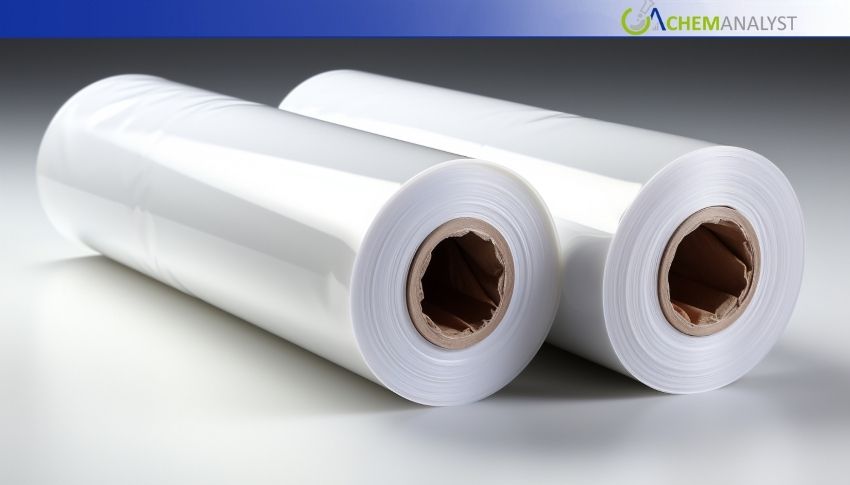Welcome To ChemAnalyst

BOPET prices in China saw a significant decline in July 2025, driven by a combination of lower upstream crude oil costs and subdued buying sentiment. The decrease in global crude prices led to reduced feedstock PET costs, which in turn lowered BOPET production expenses. Despite this, suppliers struggled to close deals as buyer bids remained low. The market was further pressured by a surge of competitively priced imports from international suppliers, forcing domestic producers to adjust their pricing strategies. Looking ahead, BOPET prices are expected to remain flat in August, with soft demand continuing in the third quarter, though the food packaging sector is anticipated to be more resilient. The recent shutdown of a major North American PET facility could eventually impact feedstock supply, but for now, the combination of weak demand, high inventories, and aggressive import offers is keeping a lid on any potential price recovery.
BOPET prices in China declined by 4% month-on-month in July 2025, underpinned by lower upstream crude oil costs, which kept buying sentiment restrained. The overall trading remained subdued, as suppliers struggled to finalize deals amid buyer bids that were widely viewed as too low. Investor concerns surrounding U.S. tariffs have largely diminished, as recent developments suggest a more stable trade environment. As a result, a notable decrease in international crude oil prices by 1.5% led to a drop in feedstock PET prices, which reduced BOPET production costs.
As per ChemAnalyst, BOPET pricing is expected to be flat during the August period. The overall outlook for the third quarter is for continued soft demand, but the food packaging sector is anticipated to be less affected due to strong domestic supply and well-priced imports.
However, the July 31 shutdown of Alpek's Cedar Creek facility in Fayetteville, North Carolina, could tighten the supply of feedstock virgin PET, which could affect the availability of BOPET production.
In July, BOPET prices in China have declined amid decreased import offers from international suppliers also added to the bearish pressure. These competitively priced imports undermine local deals, forcing regional producers to rethink their pricing strategies to remain competitive. The arrival of lower-cost BOPET imports, alongside weak purchasing sentiment and elevated stock levels, strengthened bearish market trends and curtailed any possibility for short-term price recovery of BOPET.
Meanwhile, sentiment in the polyester yarn and fiber industry stayed pessimistic due to weak demand and low operating rates downstream. Margins in the polyester staple fiber sector remained narrow, though promotional efforts in late July stimulated some restricted purchasing. As inventory levels downstream are not overly elevated, market players conceded that inventory replenishment will be essential for meeting future demand for BOPET.
Weak purchasing sentiment persisted in driving BOPET prices down in the Asian region, as market players took a prudent approach due to ongoing demand unpredictability and adequate inventory levels. The decline in prices was further strengthened by assertive import offers from foreign suppliers, leading to a very competitive atmosphere. Due to restricted spot activity and a lack of clear indications of recovery in consumer demand, the BOPET demand decreased in the region.
In Southeast Asia, regional producers observed hesitant buyer activity due to rising prices, with many buyers staying out of the market. Although shipping costs hampered the trade flow, the weak demand for polymers was offsetting the disruption, as buyers appeared to have the power in the current market.
We use cookies to deliver the best possible experience on our website. To learn more, visit our Privacy Policy. By continuing to use this site or by closing this box, you consent to our use of cookies. More info.
